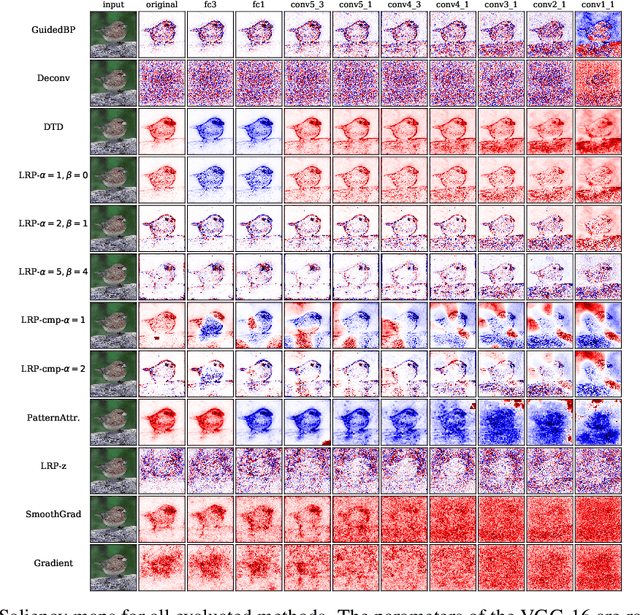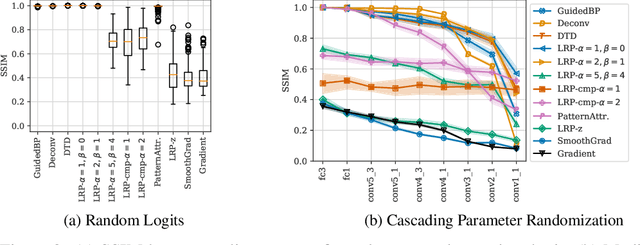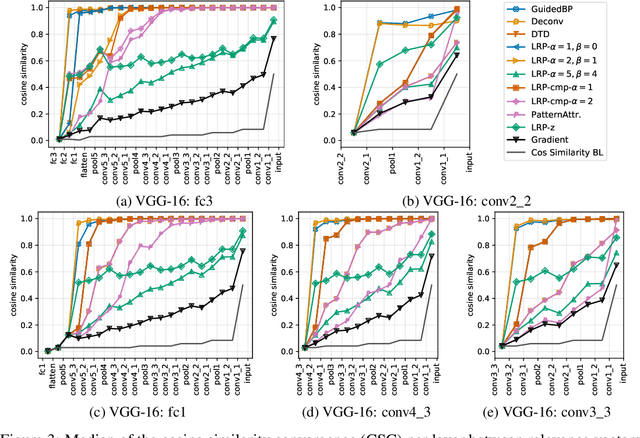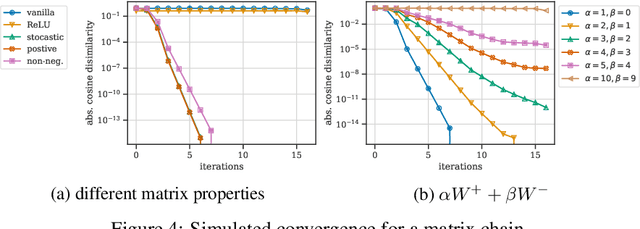Maximilian Granz
WeiPer: OOD Detection using Weight Perturbations of Class Projections
May 28, 2024Abstract:Recent advances in out-of-distribution (OOD) detection on image data show that pre-trained neural network classifiers can separate in-distribution (ID) from OOD data well, leveraging the class-discriminative ability of the model itself. Methods have been proposed that either use logit information directly or that process the model's penultimate layer activations. With "WeiPer", we introduce perturbations of the class projections in the final fully connected layer which creates a richer representation of the input. We show that this simple trick can improve the OOD detection performance of a variety of methods and additionally propose a distance-based method that leverages the properties of the augmented WeiPer space. We achieve state-of-the-art OOD detection results across multiple benchmarks of the OpenOOD framework, especially pronounced in difficult settings in which OOD samples are positioned close to the training set distribution. We support our findings with theoretical motivations and empirical observations, and run extensive ablations to provide insights into why WeiPer works.
When Explanations Lie: Why Modified BP Attribution Fails
Dec 23, 2019



Abstract:Modified backpropagation methods are a popular group of attribution methods. We analyse the most prominent methods: Deep Taylor Decomposition, Layer-wise Relevance Propagation, Excitation BP, PatternAttribution, Deconv, and Guided BP. We found empirically that the explanations of the mentioned modified BP methods are independent of the parameters of later layers and show that the $z^+$ rule used by multiple methods converges to a rank-1 matrix. This can explain well why the actual network's decision is ignored. We also develop a new metric cosine similarity convergence (CSC) to directly quantify the convergence of the modified BP methods to a rank-1 matrix. Our conclusion is that many modified BP methods do not explain the predictions of deep neural networks faithfully.
 Add to Chrome
Add to Chrome Add to Firefox
Add to Firefox Add to Edge
Add to Edge